Home>Furniture>Outdoor Furniture>How Much Slope Should A Patio Have
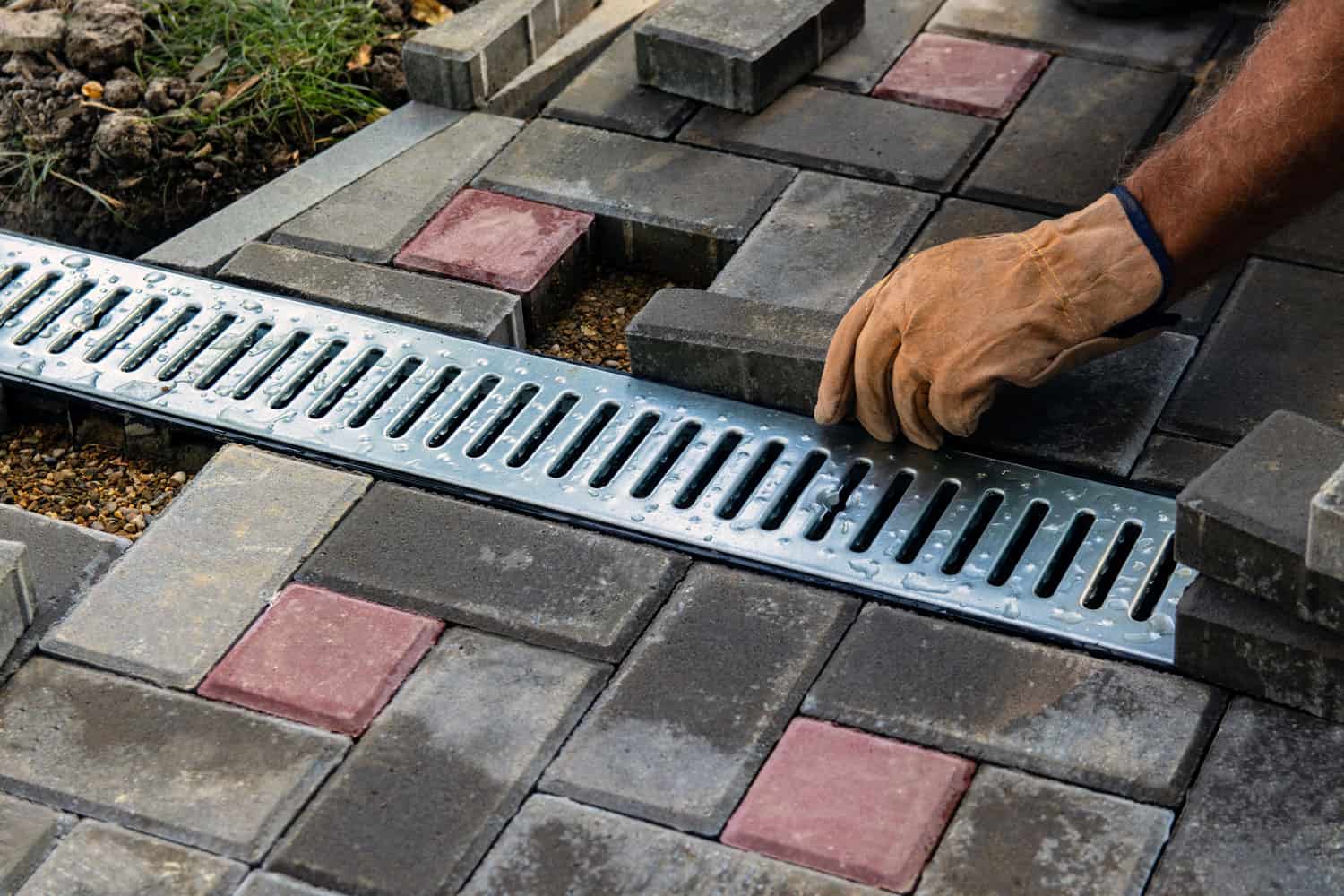

Outdoor Furniture
How Much Slope Should A Patio Have
Modified: August 23, 2024
Looking to set up your outdoor furniture on a patio? Learn about the ideal slope for a patio to ensure proper drainage and prevent water pooling. Optimize your outdoor space with the right slope.
(Many of the links in this article redirect to a specific reviewed product. Your purchase of these products through affiliate links helps to generate commission for Storables.com, at no extra cost. Learn more)
Introduction
Welcome to our comprehensive guide on patio slopes! When it comes to designing a patio, one of the most critical factors to consider is the slope. The slope of a patio refers to its slight inclination, which allows for proper drainage and prevents water from pooling on the surface. Achieving the right amount of slope is crucial for maintaining the longevity and functionality of your outdoor space.
In this article, we will explore the various factors to consider when determining the slope for your patio. We will also discuss the recommended slope for different patio materials, as well as the steps you can take to ensure proper patio slope. Additionally, we will address common issues that arise when a patio has an incorrect or inadequate slope.
Whether you’re a homeowner planning a DIY patio project or a professional landscaper looking to expand your knowledge, this guide will provide you with the necessary information to create a well-drained and functional outdoor space.
Now, let’s dive into the important factors that should be taken into consideration when determining the slope for your patio.
Key Takeaways:
- Proper patio slope is crucial for preventing water accumulation, erosion, and damage. Consider factors like climate, patio size, and materials to determine the ideal slope for effective water drainage.
- Different patio materials have specific slope recommendations to ensure efficient water runoff. Follow proper installation steps and address any issues promptly to maintain the longevity and functionality of your outdoor space.
Read more: How Much Slope On Gutters
Factors to Consider for Patio Slope
When determining the slope for your patio, there are several key factors that you need to take into consideration. These factors will help ensure proper drainage and prevent water from accumulating on the surface, which can lead to various issues such as erosion, deterioration of patio materials, and potential water damage to the surrounding area.
1. Climate and Rainfall: The climate and average rainfall in your area play a significant role in determining the slope of your patio. If you live in an area with heavy rainfall, you’ll need a steeper slope to allow for effective water runoff. On the other hand, if you reside in a drier region, a gentler slope may suffice.
2. Patio Size and Shape: The size and shape of your patio will also impact the slope requirements. Larger patios generally require a greater slope to ensure efficient water drainage. Similarly, irregularly shaped patios may need additional consideration to ensure that water drains evenly across the surface.
3. Surrounding Landscape: Take the surrounding landscape into account when determining the slope. If your patio is adjacent to a slope or an area where water tends to accumulate, you’ll need to adjust the slope to account for proper water flow and drainage away from the patio and surrounding areas.
4. Patio Materials: The type of materials used for your patio also influences the necessary slope. Porous materials, such as gravel or natural stone, may require a steeper slope to allow water to seep through. Non-porous materials like concrete or tiles may need a more moderate slope to ensure effective water runoff.
5. Accessibility: Consider the accessibility of your patio when determining the slope. If you require wheelchair accessibility or have specific mobility needs, it’s essential to strike a balance between a sufficient slope for drainage and an incline that is manageable for movement.
By carefully considering these factors, you can determine the ideal slope for your patio. Proper slope ensures effective water drainage, prevents water buildup, and helps maintain the integrity and longevity of your outdoor space. Now that we understand the factors involved, let’s explore the recommended slope for different patio materials.
Recommended Slope for Different Patio Materials
The recommended slope for your patio will vary depending on the materials used in its construction. Different patio materials have different water absorption rates and drainage requirements, and these factors need to be taken into consideration when determining the appropriate slope. Here are some general guidelines for the recommended slope for common patio materials:
- Concrete: For concrete patios, a minimum slope of 1/8 inch per foot is typically recommended. This gentle slope allows for adequate water runoff without compromising the stability of the concrete surface.
- Pavers: Paver patios often require a similar slope to concrete patios, with a minimum of 1/8 inch per foot. The slope helps water drainage and prevents shifting of the pavers due to water buildup.
- Natural Stone: When using natural stone, a slope of 1-2% is generally recommended. This slope will ensure proper drainage and prevent water from pooling on the surface, which could lead to damage and staining of the stone.
- Gravel: Gravel patios typically require a steeper slope of 2-3% to allow for efficient water drainage. The loose nature of gravel allows water to flow through, and a steeper slope helps prevent water from pooling and creating muddy areas.
- Tiles: For tile patios, a slope of 1/4 inch per foot is often recommended. This steeper slope helps direct water runoff towards drains or edges, preventing water from seeping into the grout lines and potentially causing damage.
It’s important to note that these are general recommendations, and the specific slope requirements may vary depending on the size and shape of your patio, as well as the local climate and rainfall patterns. Consulting with a professional or following manufacturer guidelines for the specific patio materials you are using is always advisable to ensure proper slope and drainage.
Now that we have covered the recommended slopes for different patio materials, let’s explore the steps you can take to ensure a proper patio slope.
A patio should have a minimum slope of 1/4 inch per foot to ensure proper drainage. This helps prevent water from pooling and causing damage to the patio surface.
Steps to Ensure Proper Patio Slope
Ensuring a proper patio slope is essential for proper water drainage and the longevity of your outdoor space. Here are some steps you can follow to achieve a well-designed and functional slope for your patio:
- Plan and Measure: Start by carefully planning and measuring your patio area. Consider the size, shape, and any potential obstacles or drainage points that need to be taken into account.
- Determine the Slope Calculation: Based on the factors discussed earlier, determine the slope calculation needed for your patio. Calculate the desired slope using measurements and slope ratios.
- Patio Base Preparation: Before installing any patio material, ensure that the base is properly prepared. This involves ensuring even compaction and providing a slight slope away from the foundation or the house to prevent water from seeping towards the building.
- Patio Material Installation: Following the manufacturer’s instructions, install the chosen patio material in accordance with the desired slope. Use leveling tools and techniques to guarantee a consistent and proper slope throughout the patio surface.
- Check Slope Accuracy: Once the patio material is installed, use a level or slope measuring tools to check the accuracy of the slope. Make any necessary adjustments to ensure proper drainage and prevent water pooling.
- Surface Finishing: Finish the patio surface by sealing or applying any necessary coatings to protect the material and enhance its durability. This step also helps with water runoff and prevents potential damage due to moisture penetration.
- Test Water Drainage: Once the patio is complete, thoroughly test the water drainage by simulating rainfall or running water over the surface. Observe the water flow and ensure that it drains away from the patio and surrounding areas without any pooling or puddling.
Following these steps will help you achieve a properly sloped patio that effectively drains water away, minimizing the risk of water damage and promoting the longevity of your outdoor space.
Despite taking these steps, there are still common issues that may arise with an improper patio slope. Let’s explore some of these issues in the next section.
Common Issues with Improper Patio Slope
An improper patio slope can lead to a variety of issues that can affect both the functionality and appearance of your outdoor space. It’s important to be aware of these common issues so that you can address them promptly. Here are some of the most common problems that can arise with an improper patio slope:
- Water Accumulation: If your patio does not have sufficient slope, water can accumulate and create standing puddles. This not only makes the patio unusable but also poses a risk of slip and fall accidents.
- Poor Drainage: Insufficient slope can cause poor drainage, leading to water seeping into the patio material or pooling around the edges. This can result in moisture damage, mold or mildew growth, and potential structural issues.
- Erosion and Soil Shift: Inadequate slope can contribute to erosion and soil shift on and around the patio. Over time, this can lead to sinking or uneven surfaces and compromise the stability of the patio and surrounding landscape.
- Cracking and Damage: When water is not effectively drained from the patio, it can seep into cracks and crevices, causing freeze-thaw damage in colder climates. This can result in cracks, heaving, and overall deterioration of the patio surface.
- Staining and Discoloration: Standing water on a patio can leave behind unsightly stains and discoloration, particularly on porous materials like natural stone or concrete. These stains can be challenging to remove and may negatively impact the aesthetic appeal of your outdoor space.
- Foundation Damage: If water is not properly drained away from the patio, it can infiltrate the foundation of your home or nearby structures. This can lead to serious structural damage and expensive repairs.
It’s crucial to address these issues as soon as they are identified. Depending on the severity of the problem, you may need to consider adjusting the slope, repairing damaged areas, or consulting with a professional to assess and rectify any underlying issues.
Now that we’ve explored the common issues with an improper patio slope, let’s summarize the key points we’ve covered in this article.
Read more: How To Slope A Paver Patio
Conclusion
Designing a patio with the proper slope is crucial for effective water drainage and the overall functionality of your outdoor space. By considering factors such as climate, patio size and shape, surrounding landscape, patio materials, and accessibility, you can determine the ideal slope for your patio.
Concrete, pavers, natural stone, gravel, and tiles all have different recommended slopes to ensure efficient water runoff and prevent water accumulation. Following manufacturer guidelines and consulting with professionals can help you achieve the appropriate slope for your chosen patio materials.
To ensure a proper slope for your patio, it’s important to plan and measure carefully, prepare the patio base, install the patio material with a consistent slope, check the accuracy of the slope, and test water drainage after completion. These steps will help prevent common issues such as water accumulation, poor drainage, erosion, cracking, staining, and foundation damage.
If you encounter any issues with an improper patio slope, it’s best to address them promptly to prevent further damage and ensure the longevity of your outdoor space. Consulting with professionals can provide valuable insights and guidance in rectifying the problems.
Remember, a well-designed and properly sloped patio not only enhances the functionality of your outdoor area but also adds value and aesthetic appeal to your property. So take the time to plan and execute your patio project with the necessary attention to detail and enjoy your outdoor space for years to come.
Frequently Asked Questions about How Much Slope Should A Patio Have
Was this page helpful?
At Storables.com, we guarantee accurate and reliable information. Our content, validated by Expert Board Contributors, is crafted following stringent Editorial Policies. We're committed to providing you with well-researched, expert-backed insights for all your informational needs.
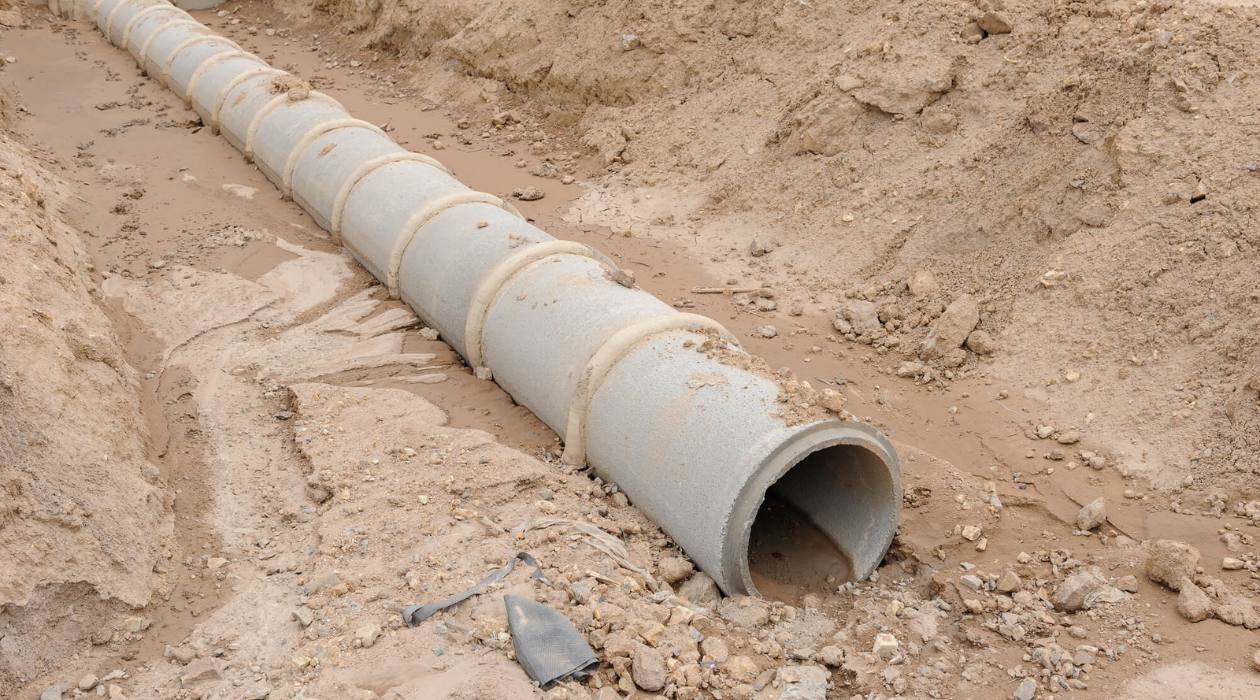



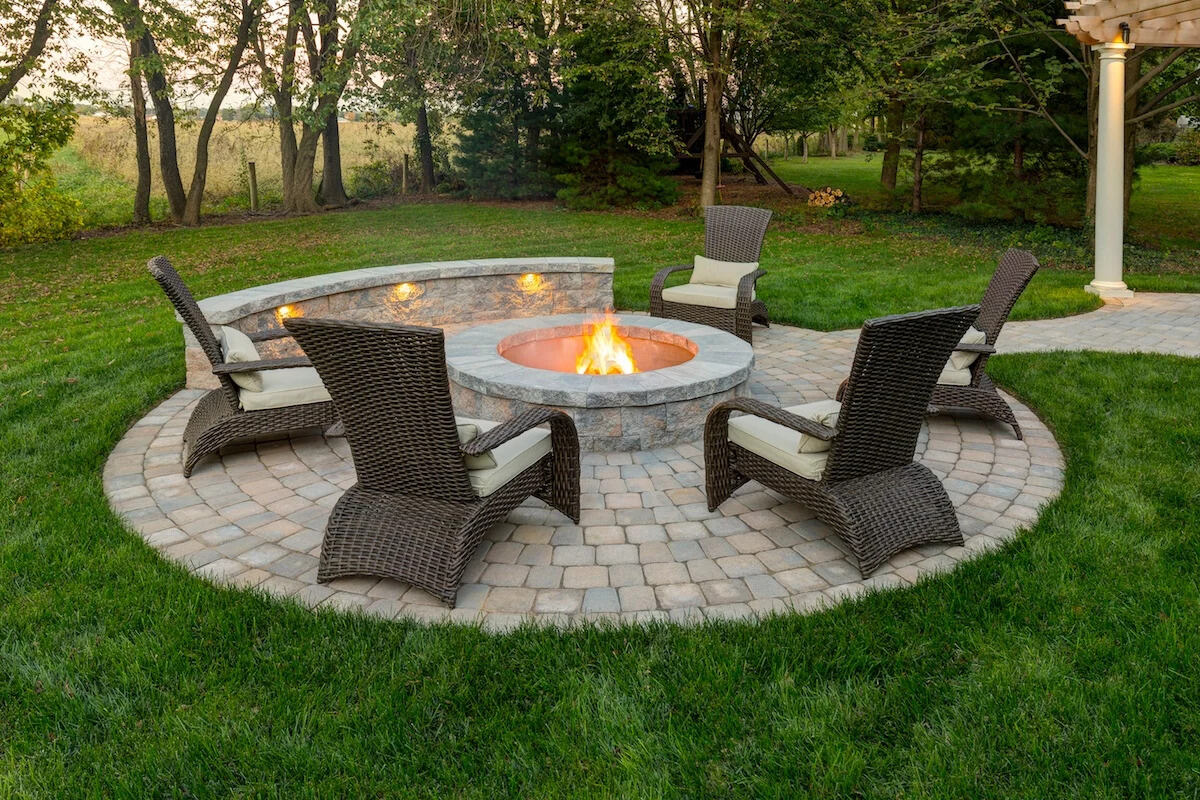

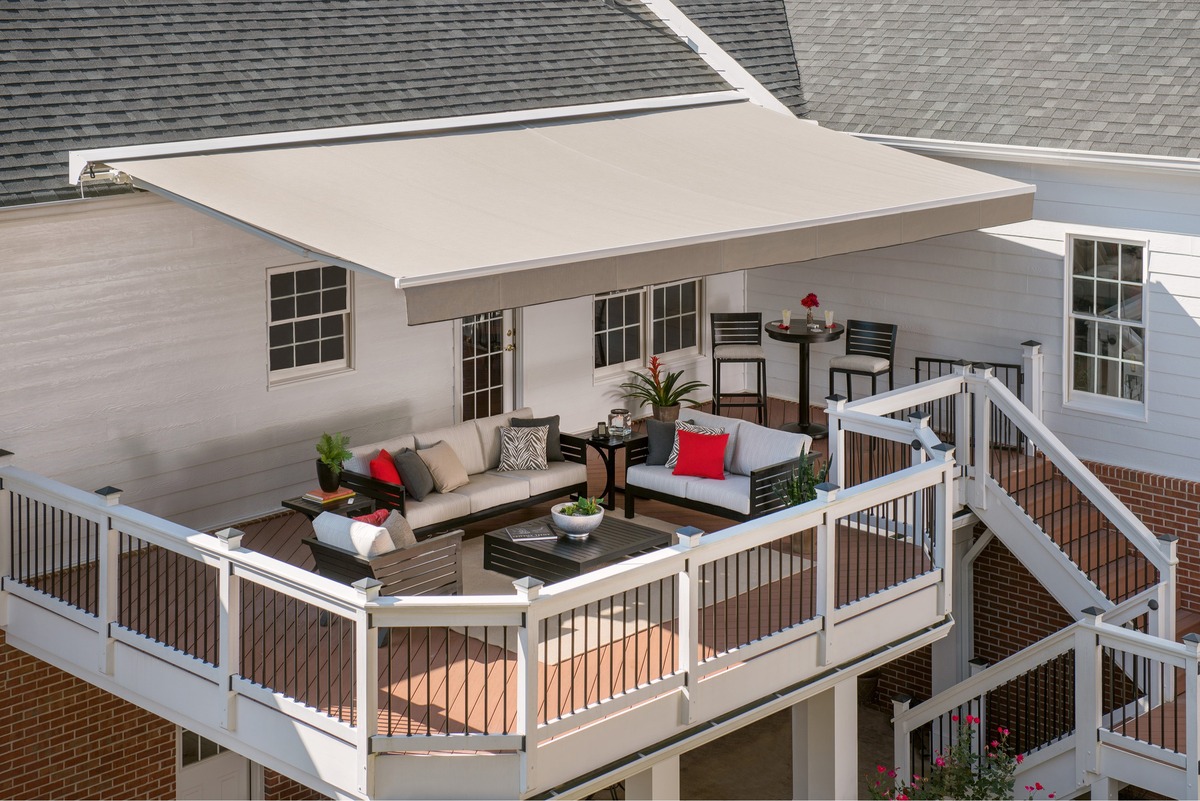
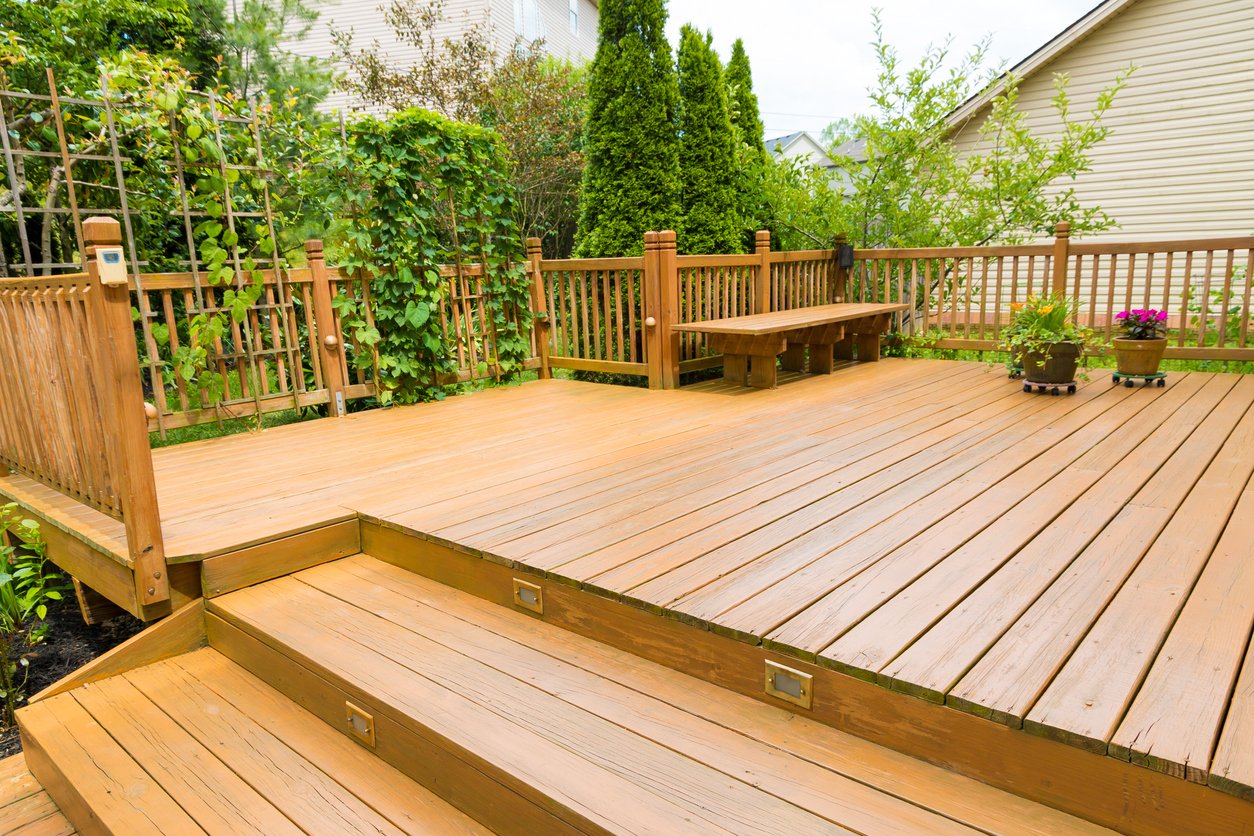
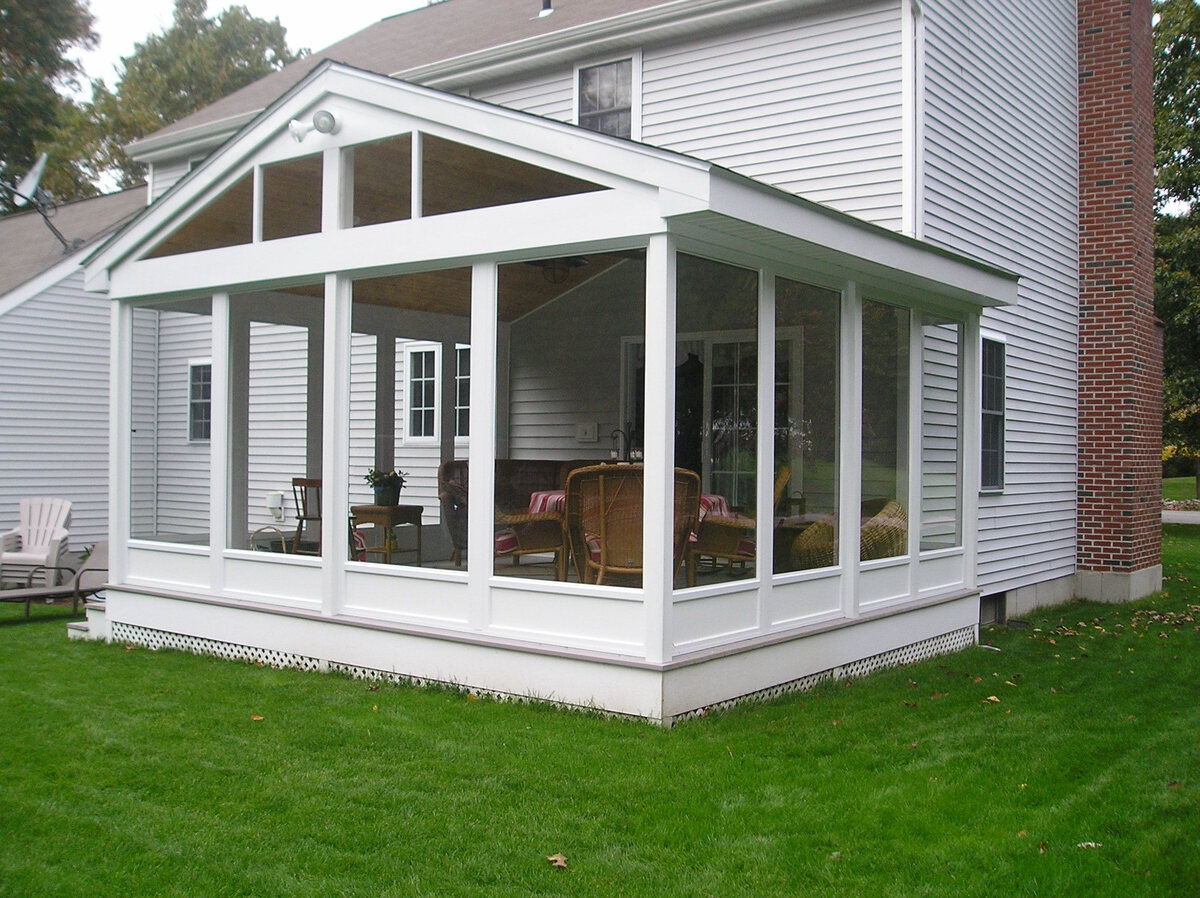
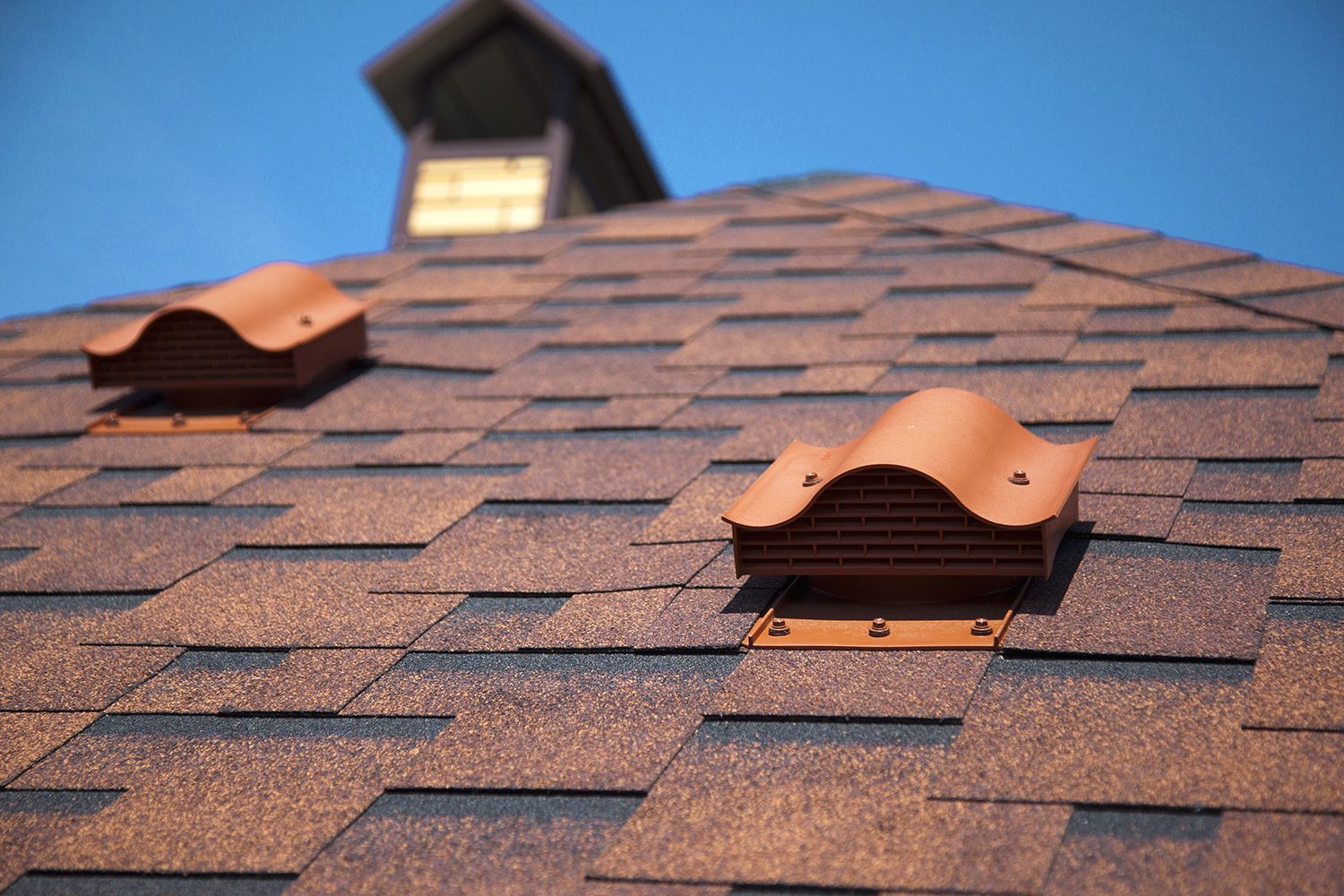


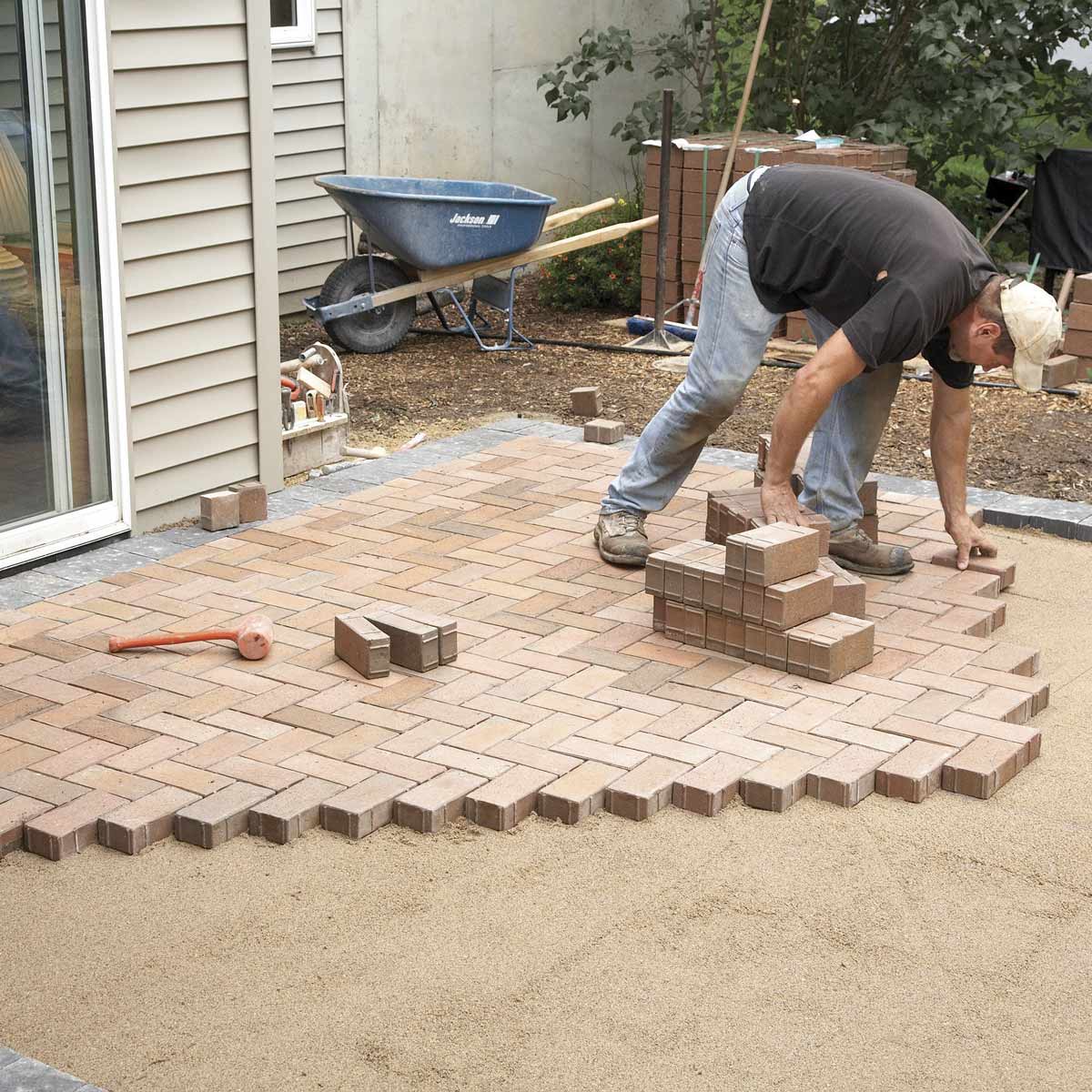
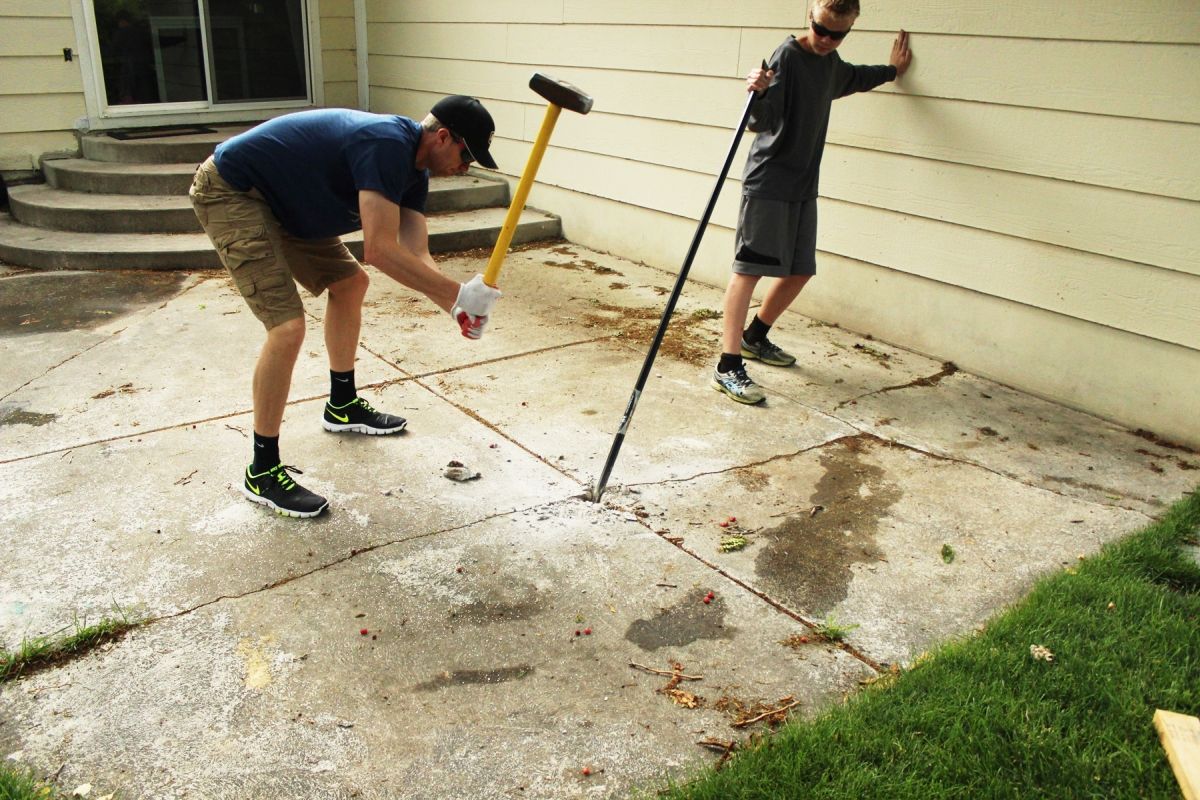

0 thoughts on “How Much Slope Should A Patio Have”